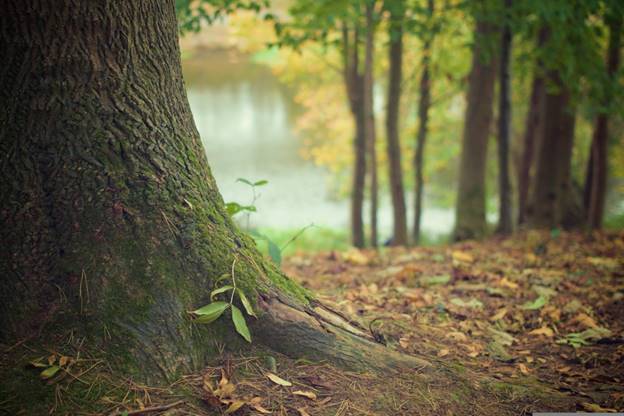Invasive species cost North America an estimated $26 billion per year. The problem with these pests is that they threaten native plants and animals in the area, and are even capable of causing extinctions.
So, what are the risks of invasive species, and is there anything you can do to help stop the problem?
There are many New York invasive species that you should know about if you live in the area. That way, you can report sightings and help to control the spread. Here are five species that every resident needs to know about.
1. Spotted Lanternfly
The spotted lanternfly is an invasive species in New York that feeds on fruit, woody, and ornamental trees. The adults have greyish front wings with black spots and the hindwings are partly red with black spots.
The spotted lanternfly is native to China. They feed on the sap of many different plants, including grapes. As a result, they can cause undue stress and make native plants susceptible to drought and other pests.
2. Emerald Ash Borer
These bright green wood-boring beetles are native to Asia. They kill ash trees by consuming the plant’s leaves and laying eggs underneath the bark. The larvae then tunnel through the trunk and kill the tree.
The emerald ash borer was first found in the United States in 2002 and has been a nuisance pest ever since. You can identify them by their shiny green bodies and copper-colored abdomens.
3. Hydrilla
This invasive plant is incredibly difficult to eradicate. Despite being a popular aquatic plant, it can create thick sections of vegetation that disturb or threaten native plants and wildlife. Hydrilla also decreases oxygen in the water which can kill local fish populations.
Unfortunately, hydrilla is hyper-competitive and can grow in various conditions, easily outcompeting native species.
4. Chinese Mitten Crab
This distinctive invasive species is negatively impacting the Hudson River. These crabs compete with the native blue crab and often outcompete them. The way the mitten crab burrows can also cause erosion and instability in stream banks.
Their shell is four inches wide and olive or light brown in color. They have eight pointed walking legs and mitten-shaped claws.
5. Giant Hogweed
The invasive giant hogweed plant can grow up to 14 feet tall! It’s also dangerous to touch, as the sap contains toxins that are activated by sunlight (UV rays). People that brush against this plant can develop painful burns.
Giant hogweed is listed as an invasive noxious weed. If you spot this plant, keep a safe distance and take photos. It looks very similar to other types of plants, so positive identification is key.
Do not attempt to remove it yourself. Report it and seek medical care if anyone comes into contact with the sap.
These New York Invasive Species Are Causing Problems
If you spot these New York invasive species, do your part to help correct the problem. Always take care when dealing with toxic plants, such as giant hogweed. Seek a professional’s help for removal.
Is taking care of the environment your passion, or do you love learning new facts? Check out some of our other categories to broaden your mind.









